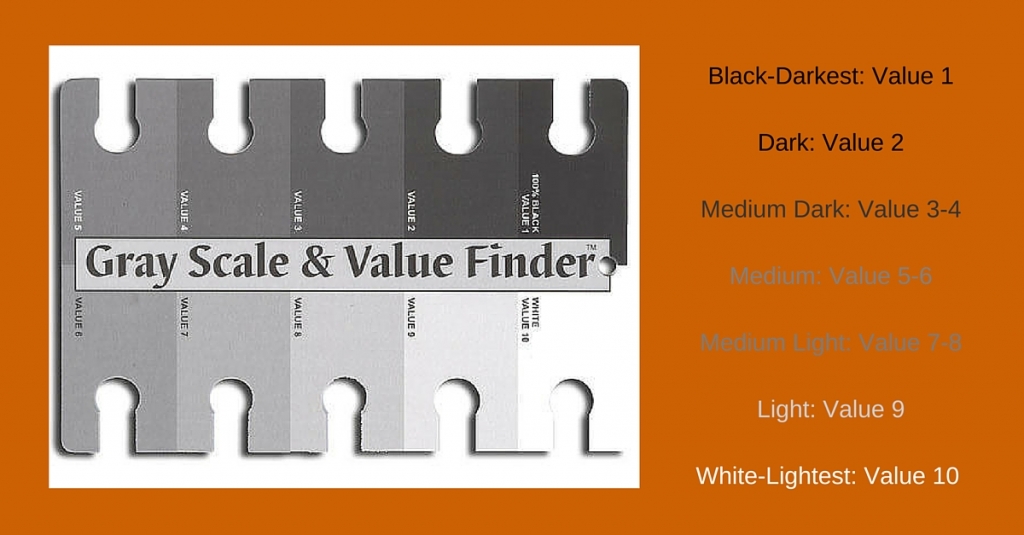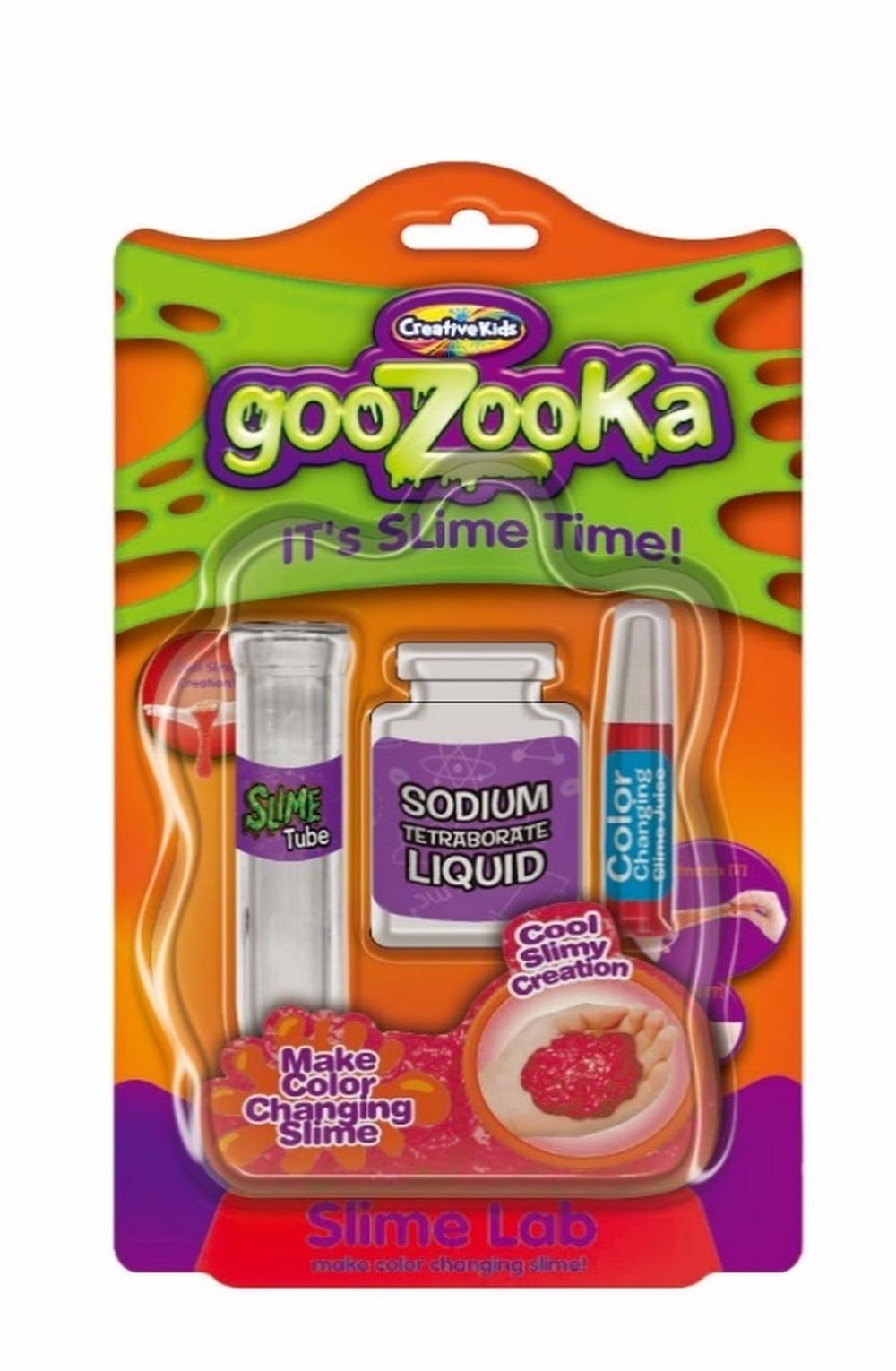
/170063121-56a03d603df78cafdaa09dc2.jpg)
When a pigment hue is “toned,” both white and black (grey) are added to the color to reduce the color’s saturation. Saturation defines the brilliance and intensity of a color. Lastly, let’s look at “ saturation,” or “ chroma“ Light values with white pigment added are called “tints” of the hue name.

When referring to pigments, dark values with black added are called “shades” of the given hue name. It indicates the quantity of light reflected. Next, let’s look at the “ value“Īs is discussed on the “Elements: Value” page, value refers to the lightness or darkness of a color. When discussing spectral “light primaries” (RGB), a pure hue equivalent to full saturation is determined by the ratio of the dominant wavelength to other wavelengths in the color. (Full desaturation is equivalent to a muddy dark grey, as true black is not usually possible in the CMY combination.) When discussing “pigment primaries” (CMY), no white, black, or gray is added when 100% pure.

Hue is also a term which describes a dimension of color we readily experience when we look at color, or its purest form it essentially refers to a color having full saturation, as follows: “yellow”) when adding in the three components of a color. Hue is more specifically described by the dominant wavelength and is the first item we refer to (i.e. This will REALLY help you understand how color works! Color consists of three main integral parts: Color is the light wavelengths that the human eye receives and processes from a reflected source.įor the physics behind color, see the Primary Color Models page. In short, color is the visual byproduct of the spectrum of light as it is either transmitted through a transparent medium, or as it is absorbed and reflected off a surface.


 0 kommentar(er)
0 kommentar(er)
